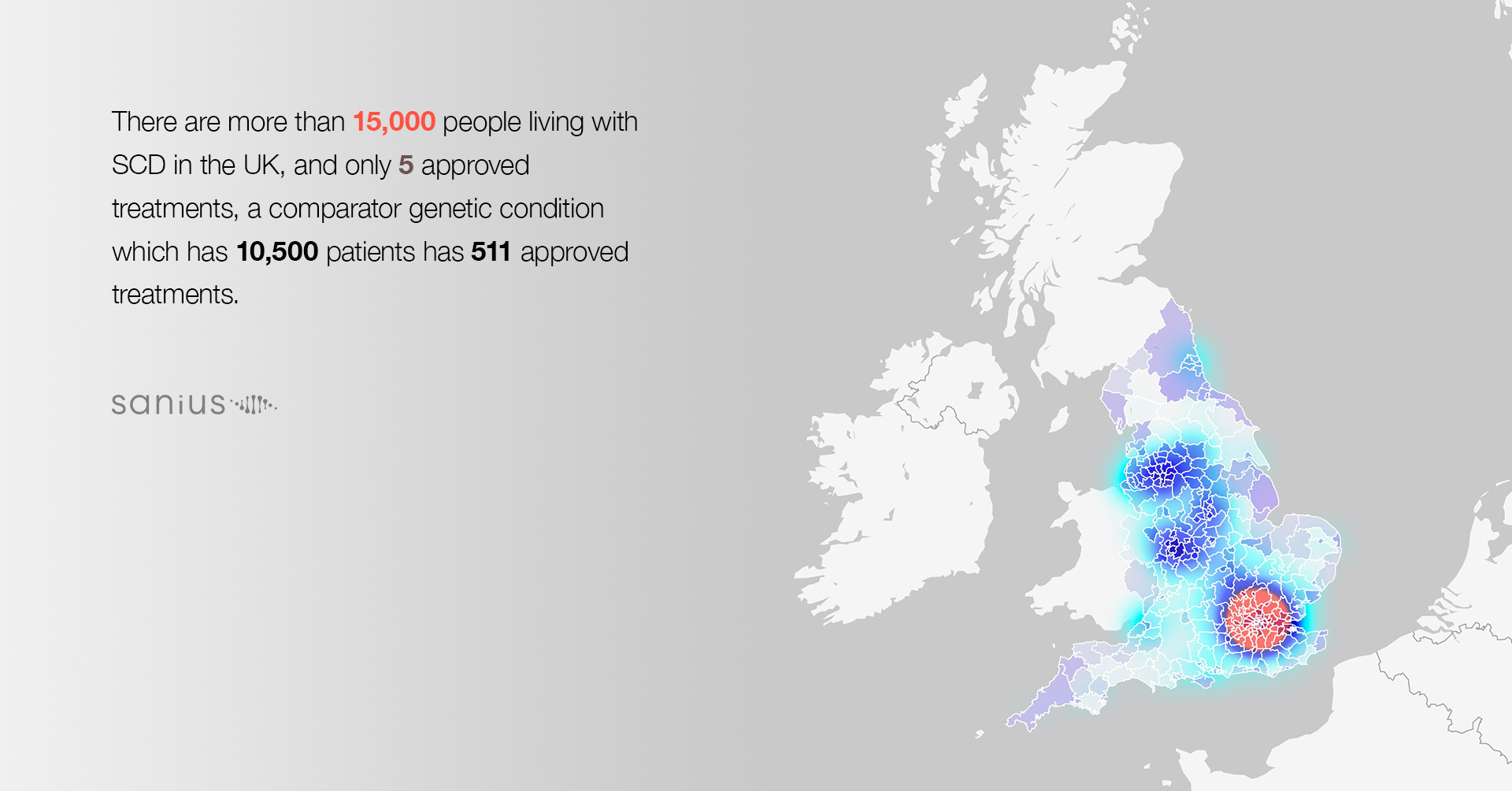The COVID-19 pandemic forced retail online. And customers responded by hopping on the ‘Buy Now Pay Later’ (BNPL) trend.
Millions of consumers worldwide flocked to BNPL offers in order to stretch their cash at a time of financial duress. BNPL players like Affirm, Klarna and Afterpay helped many shoppers avoid taking on new credit-card debt during the coronavirus pandemic. At the end of 2020, over 13 Million new BNPL accounts were opened in the US alone. In Australia, over 1 Billion Dollars were spent through BNPL transactions.
No matter the platform, their function and ethos are always the same: they help consumers get their product immediately with a small down payment. Then, all they have to do is commit to a weekly payment plan.
Why Are People Enamoured with BNPL?
Unlike most payment plans used in retail, BNPL carves its model from what the consumer wants and needs.
At the beginning, customers are only required to pay a fraction of the price to receive the product immediately. Oftentimes, they don’t need to pay anything upfront at all. There’s often no interest, either, if the bill is paid on time. Additionally, BNPL payments are far more flexible than credit card payments. Consumers can divide their payments over a longer period than monthly credit card bill cycles. Due to such, BNPL interest-free instalments are considered a consumer-friendly form of credit. Affirm’s Chief Commercial Officer, Silvija Martincevij attributes BNPL’s affordable and flexible offerings as key reasons for its success:
‘Buy Now, Pay Later solutions are expected to triple over the next two years. There are three reasons why that is happening: affordability, predictability and transparency. First, regarding affordability — we all have had to adjust to this pandemic, so if you are a looking for an office chair for your home office, for example, Buy Now, Pay Later solutions offer bi-weekly or monthly payments so that purchases that would have been difficult to put on a credit card are affordable because you pay for it over time.’
Benefits for Retailers
Although there aren’t any tangible benefits for retailers themselves, many are seeing the need to adopt BNPL models. Due to the fact that younger consumers are impulse shoppers use BNPL more than any demographic, up to 60% of all global retailers offer BNPL payments. According to GAP’s Head of Digital, John Strain, BNPL allows for retailers to ‘reach a younger demographic who may not have been able to shop with them before’. Analysts from Forbes Magazine observe:
‘Nearly half of consumers said they spend anywhere from 10% to over 40% more when they use the buy now and pay later plan versus when they use a credit card, according to a survey released this month by Cardify, a data firm that tracks consumer spending. Two-thirds of BNPL users said they are buying jewellery and other “want” items that they might not otherwise get, according to the survey’
Additionally, Merchants do not carry the burden of cost through BNPL. Many platforms allow retailers to receive their payment in full, and carry the credit risk on their behalf. Equally, BNPL boosts conversion rate and transaction value, as shoppers tend to buy more products and spend more using BNPL.
Most crucially, offering BNPL helps retailers to grow their customer base and repeat purchaser value. Shoppers have higher rates of repeat purchases. Klarna has seen a 20% increase in purchase frequency from “pay later” customers. Meanwhile, Afterpay sees some of its users purchase more than 20 times per year.
Will BNPL Survive in a Post-Pandemic Economy?
As customers continue to seek out different financing options, we can expect an upward trend for pay schemes to continue growing. Online shopping will most certainly increase and consumers will continue choice and flexibility. As such, we can assume they will want the ability to pay over time.
To survive in a world beyond COVID-19, merchants will continue to require innovative, diverse payment options for customers. As mobile-commerce (m-commerce) and tablet-retail grows, BNPL will inevitably remain relevant. Affirm’s Martincevij advises retailers to:
‘M-commerce is a key trend for retailer to act upon, and while mobile and touchless payments are a huge trend outside of the United States, in the past touchless has only been used in about one third of one percent of transactions in the US. This is changing though —54% percent of online transactions were completed on a mobile device, and through BNPL payments. We expect this to accelerate globally next year and beyond’
Recommended for you

Is AI the End, or Just a New Beginning, for Digital Art?
As Truss and Sunak compete to become the new PM, one key topic is forming a noticeably small part of the Tory leadership debates.
Trending

Drug Decriminalisation: Could the UK Follow Portugal?
Portugal’s drug decriminalisation has reduced drug deaths and made people feel safe seeking support. Would the UK ever follow suit?

Calling All Unvaccinated UK Adults
With Covid cases rising, the NHS is urging the 3 million UK adults who remain unvaccinated to come forward.






